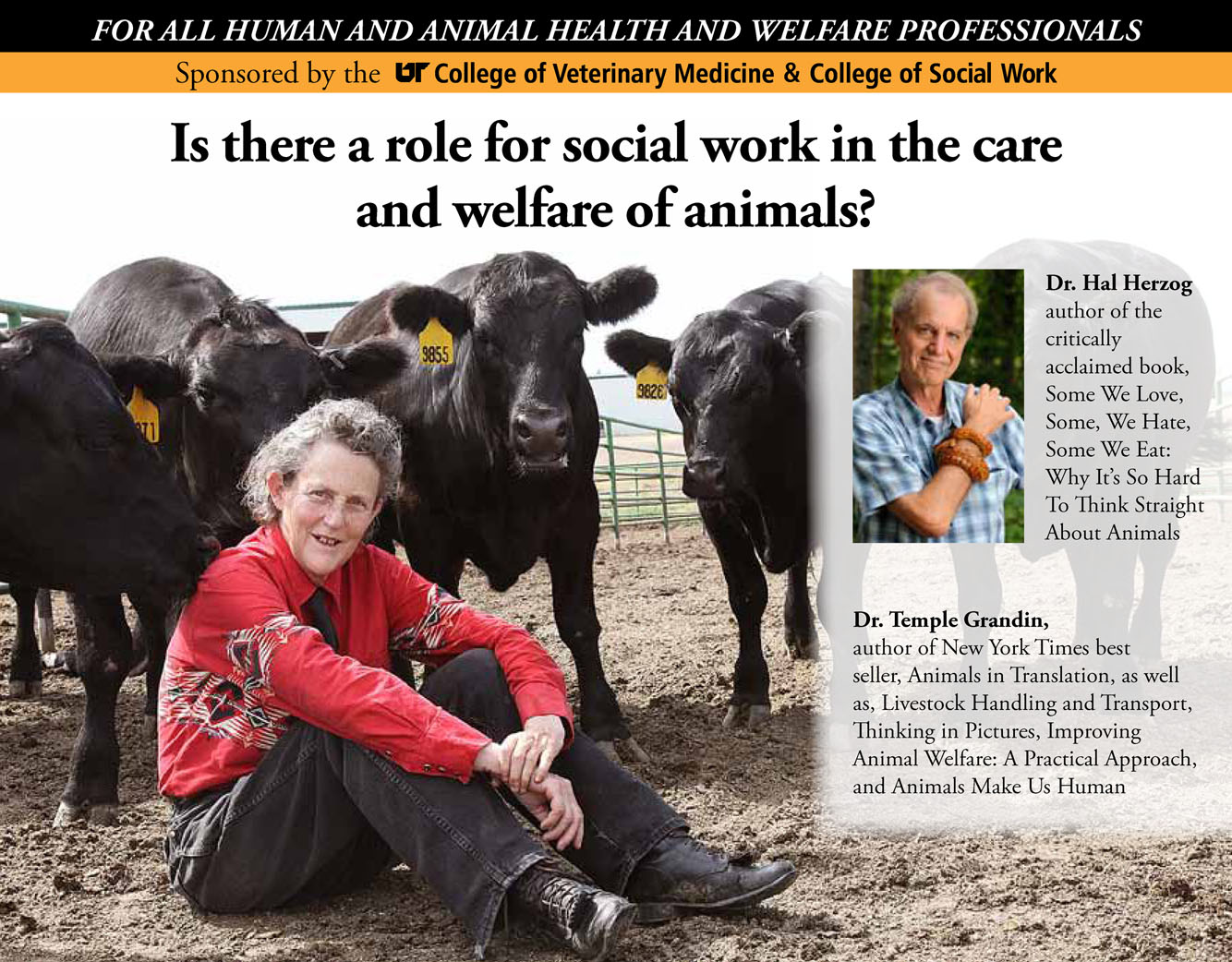Animal Hoarding: Co-Morbidity of Animal and Self Neglect
Abstract
Animal Hoarding: Co-Morbidity of Animal and Self Neglect Substantial research and literature indicate how people and companion animals form relationships which are, for the most part, mutually beneficial. Yet, there are highly dysfunctional human-animal relationships which do occur, meriting attention and remediation. One of the most perplexing and problematic human-animal relationships is encountered in cases of animal hoarding - a deviant behavior associated with extremely deleterious conditions of co-morbid animal and self-neglect. Adult Protective Services workers are often called upon to intervene in behalf of the animal hoarder. Yet, their intervention may be adversely affected by theoretical and methodological dilemmas with these complex cases. To intervene most effectively, it becomes critical to elucidate some of the developmental factors of animal hoarding behavior and its correlation with self neglecting behaviors in general. This presentation provides a diagnostic perspective as derived from the presenter’s research and clinical experience. An analysis of the complex dynamics of the relationship between animal hoarders and their pets is presented in conjunction with accepted theories of self-neglect. With enhanced knowledge and understanding of animal hoarding, human service professionals will be better prepared to respond to these clients; evoke greater rapport and cooperation; and engage in the interdisciplinary efforts which are essential for optimal resolution.
Track
The link between human and animal violence
Preferred Presentation Format
Workshop: 1-hour workshop
Location
SUMMIT ROOM
Start Date
11-4-2013 1:30 PM
End Date
11-4-2013 2:30 PM
Animal Hoarding: Co-Morbidity of Animal and Self Neglect
SUMMIT ROOM
Animal Hoarding: Co-Morbidity of Animal and Self Neglect Substantial research and literature indicate how people and companion animals form relationships which are, for the most part, mutually beneficial. Yet, there are highly dysfunctional human-animal relationships which do occur, meriting attention and remediation. One of the most perplexing and problematic human-animal relationships is encountered in cases of animal hoarding - a deviant behavior associated with extremely deleterious conditions of co-morbid animal and self-neglect. Adult Protective Services workers are often called upon to intervene in behalf of the animal hoarder. Yet, their intervention may be adversely affected by theoretical and methodological dilemmas with these complex cases. To intervene most effectively, it becomes critical to elucidate some of the developmental factors of animal hoarding behavior and its correlation with self neglecting behaviors in general. This presentation provides a diagnostic perspective as derived from the presenter’s research and clinical experience. An analysis of the complex dynamics of the relationship between animal hoarders and their pets is presented in conjunction with accepted theories of self-neglect. With enhanced knowledge and understanding of animal hoarding, human service professionals will be better prepared to respond to these clients; evoke greater rapport and cooperation; and engage in the interdisciplinary efforts which are essential for optimal resolution.


Speaker Bio
Jane N. Nathanson, LCSW, LRC, CRC is a social work and rehabilitation consultant in private practice. For the past thirty-five years, she has provided services primarily to elders and persons with disabilities at times of crisis, illness, and loss. Since 1987, Ms. Nathanson has specialized in human-animal health and welfare. She has designed and implemented client counseling and professional training programs for the Massachusetts Society for the Prevention of Cruelty to Animals, MSPCA/Angell Animal Medical Center, the Animal Rescue League of Boston, and other organizations in both private and non-profit sectors. In 1999, upon joining the Hoarding of Animals Research Consortium, she established the first crisis intervention, counseling, and case management program for animal hoarders and their families. Ms. Nathanson continues to provide these services nationwide upon referrals from the courts, animal protection authorities, adult protective services, private and public agencies, and self-referring individuals.